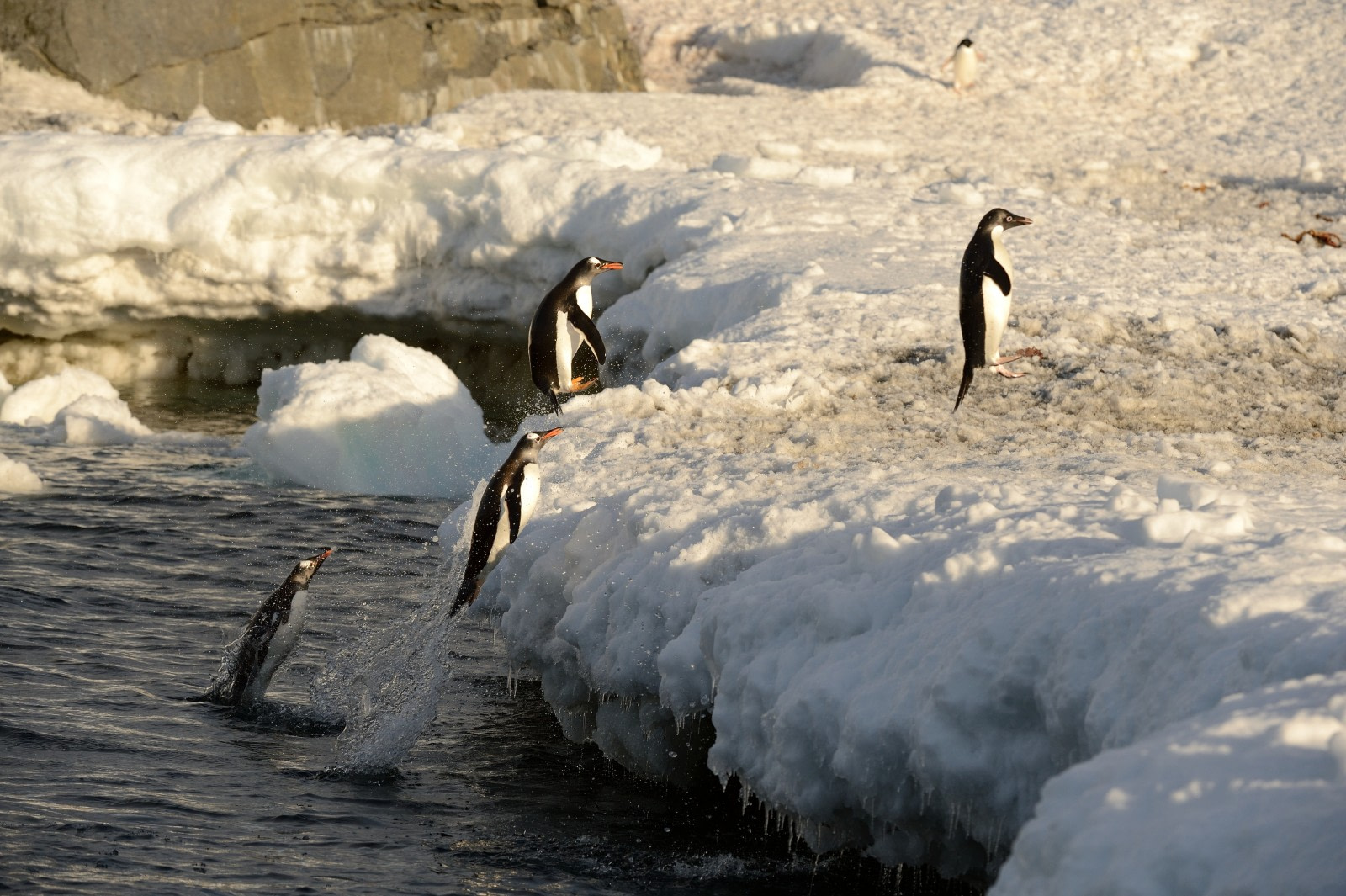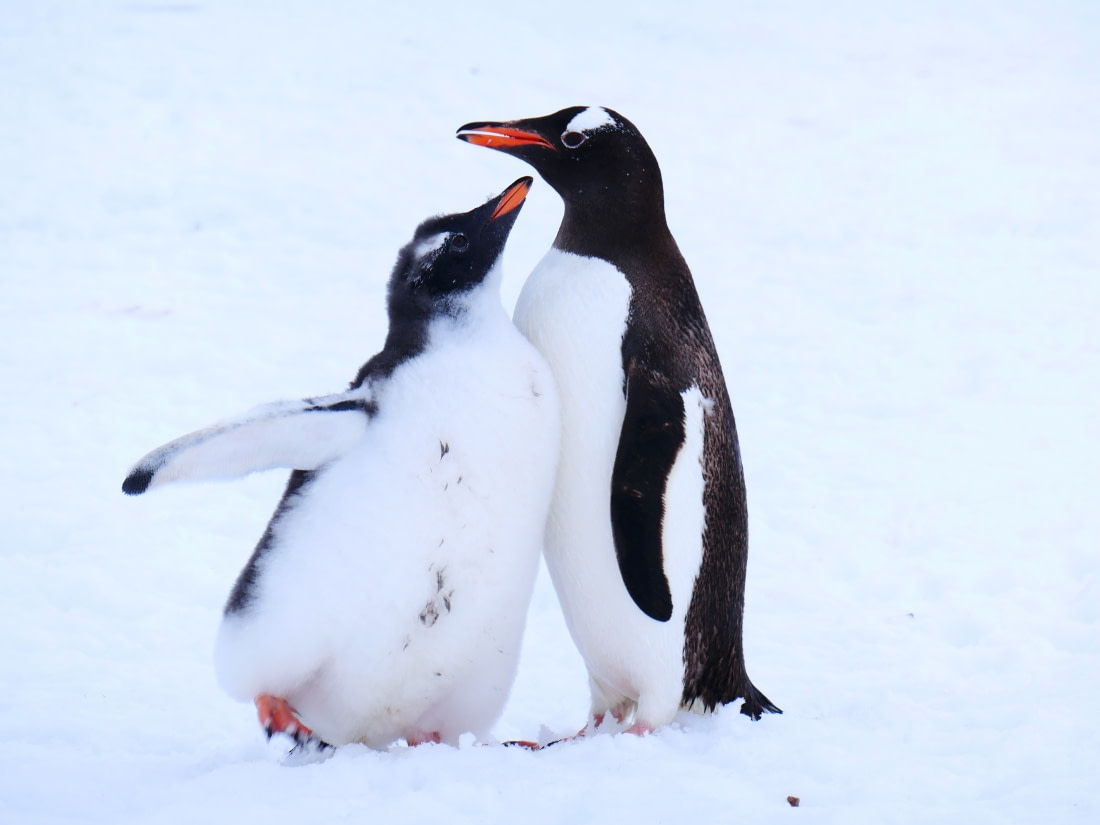Antarctica is a premier destination for birdwatching, boasting around 45 unique species. Describing them all would require an extensive article, so here we will focus on 10 fascinating facts about the birds you can encounter in Antarctica.
1. The name “penguin” is from two old Welsh names meaning “white head”
The ancient Welsh seafarers who named penguins were likely thinking of the flightless great auk (now extinct) of the North Atlantic, which had a white mark on its head. Most penguins actually have black heads. While great auks and some penguins can resemble one another, they are otherwise unrelated. The word comes from “pen,” meaning head, and “gwyn,” meaning white.
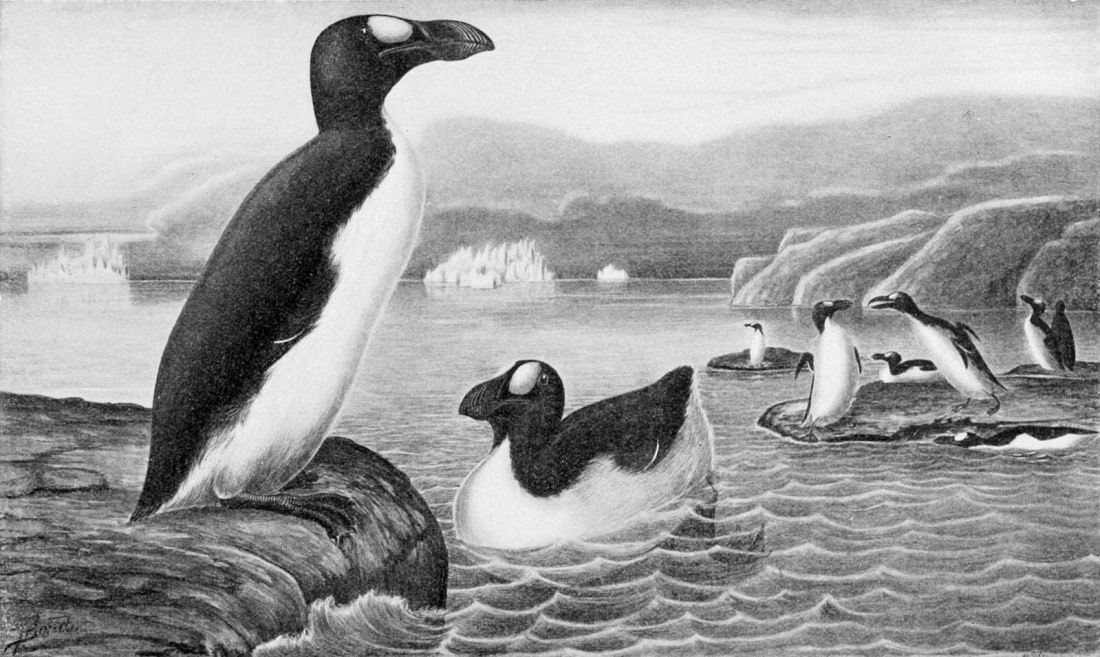
2. Emperor penguins have no nests
While standing on sea ice, emperor penguins incubate one egg on their webbed feet, holding it against their brood patch. The male emperor penguin also fasts for up to three months during the coldest part of the winter, taking full responsibility for the 65-day incubation.
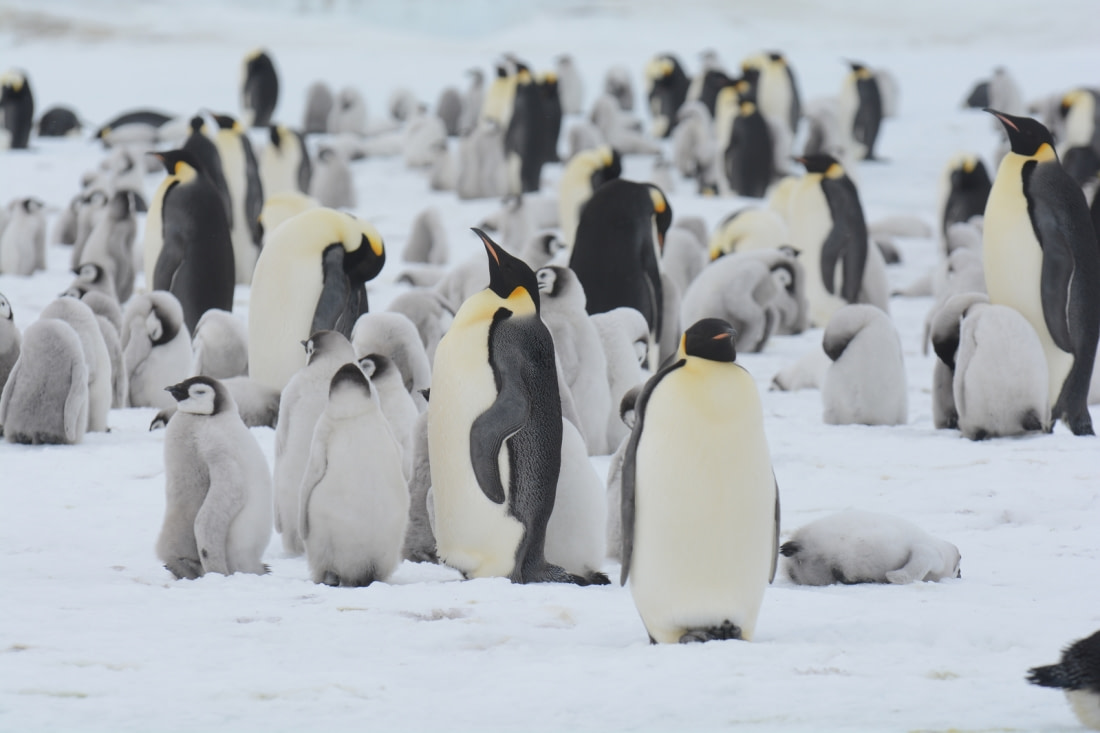
3. The Adélie is the most abundant (and studied) of all penguins
The male Adélie has a fasting period of up to seven weeks, during which he can lose nearly half of his body weight. The fast starts on his return to the rookery after he has spent winter among the pack ice. It continues through part of the incubation period, which he shares with his mate. The female Adélie penguin lays two eggs, which take about 35 days to hatch.
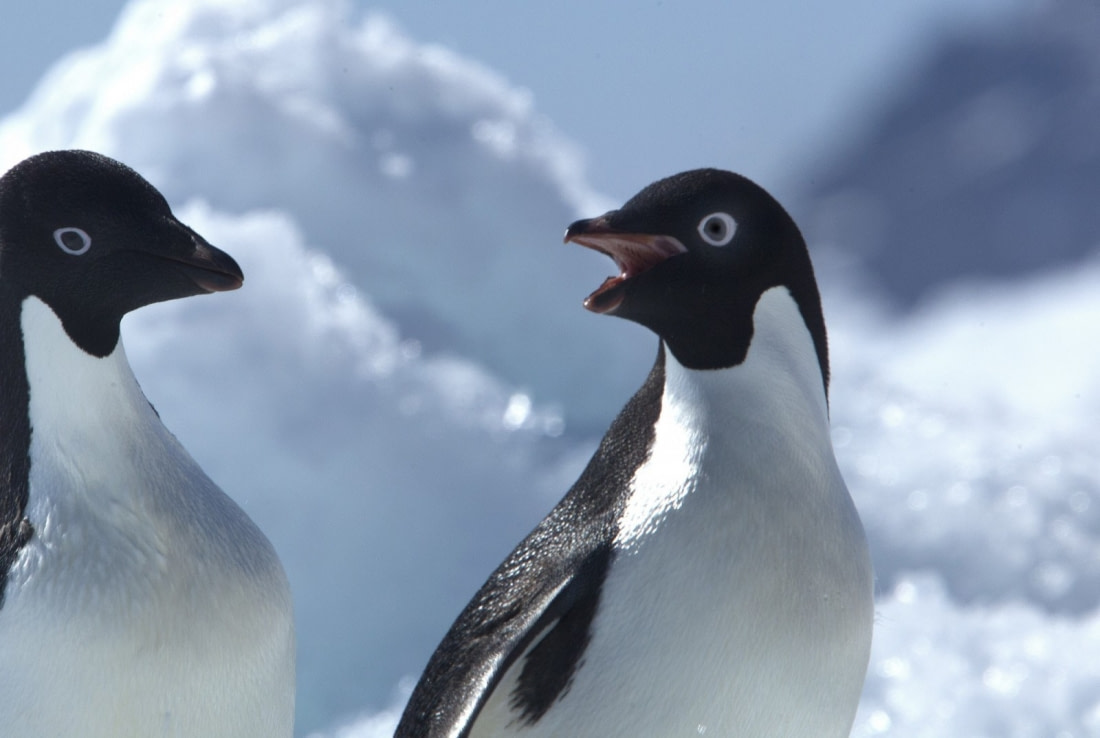
4. Flipper bands are the only safe way to band penguins
Over 45,000 Adélies were flipper banded in a study by Johns Hopkins University biologists, which is one of the reasons this particular species is so well studied. Experts have to apply these bands, keeping aware that the flipper will double its width during the moult.
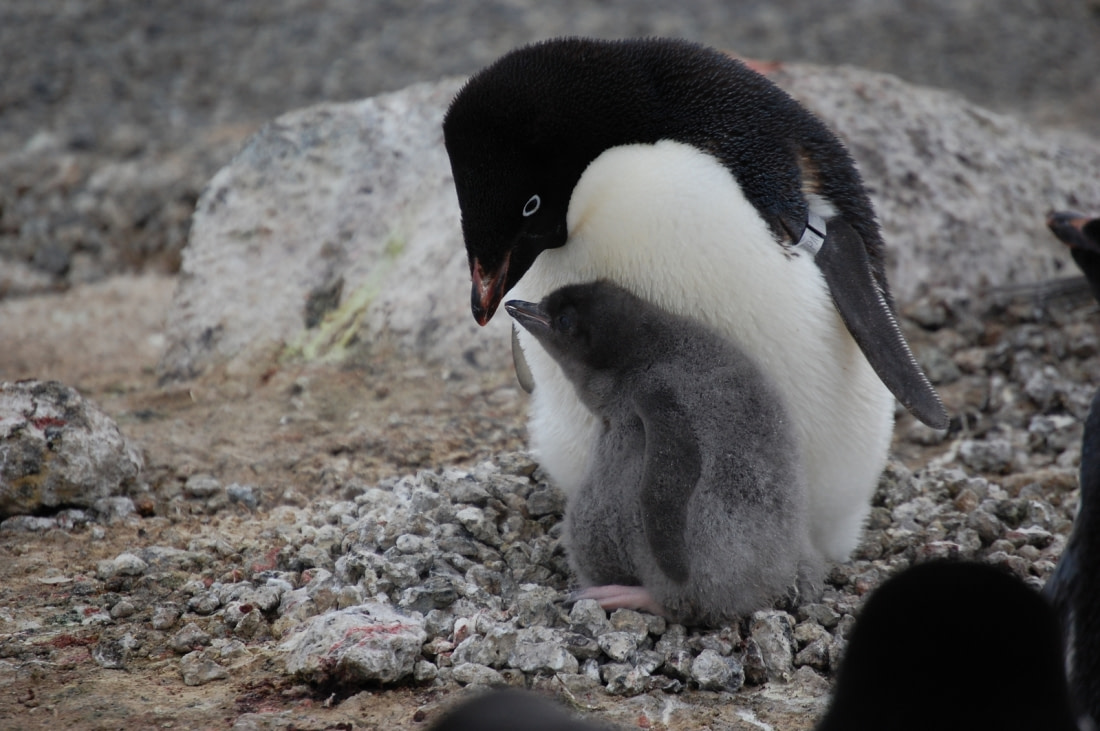
5. Penguins can recognize their chicks in crèches of 200 or more
Adélies feed their own chicks, no others. They recognize their young mostly by sound, as penguin chicks are virtually indistinguishable in appearance. This ability to use sound to locate their young is observed in many colonial seabirds.
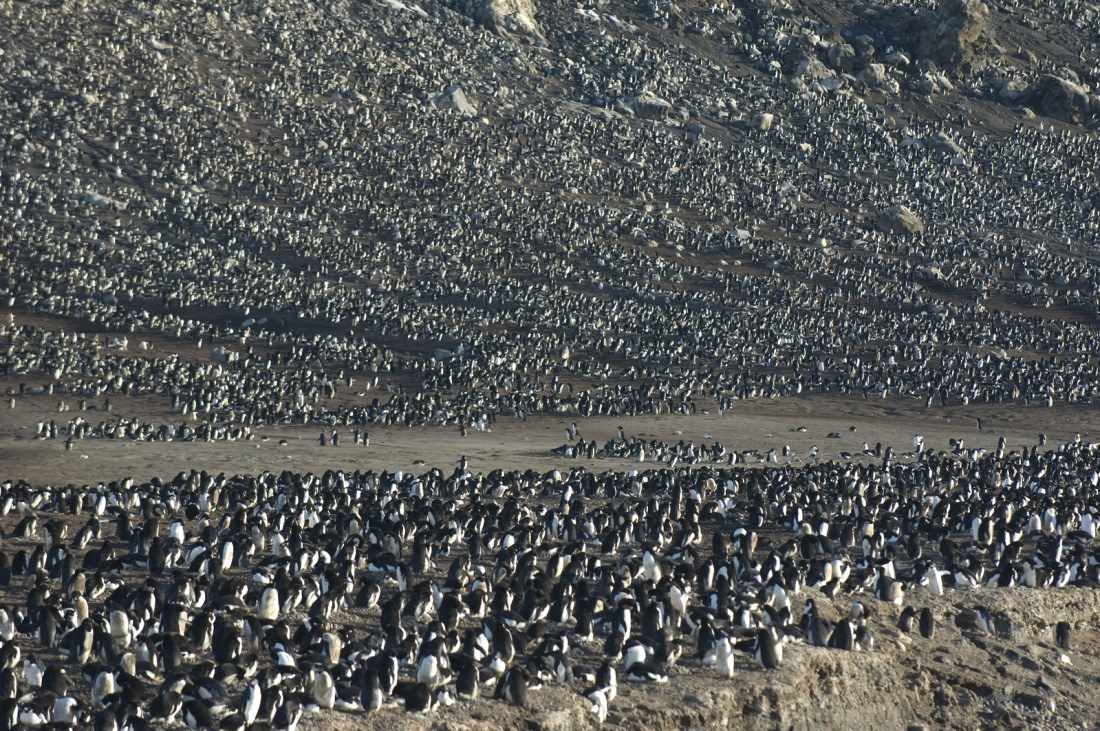
6. Egg laying is highly variable among Antarctic birds
Six species of albatrosses, 23 species of petrels, and the emperor penguin lay only one egg. Meanwhile, southern black-backed gulls, imperial shags, and sheathbills have large clutches and often lay three or occasionally four eggs.
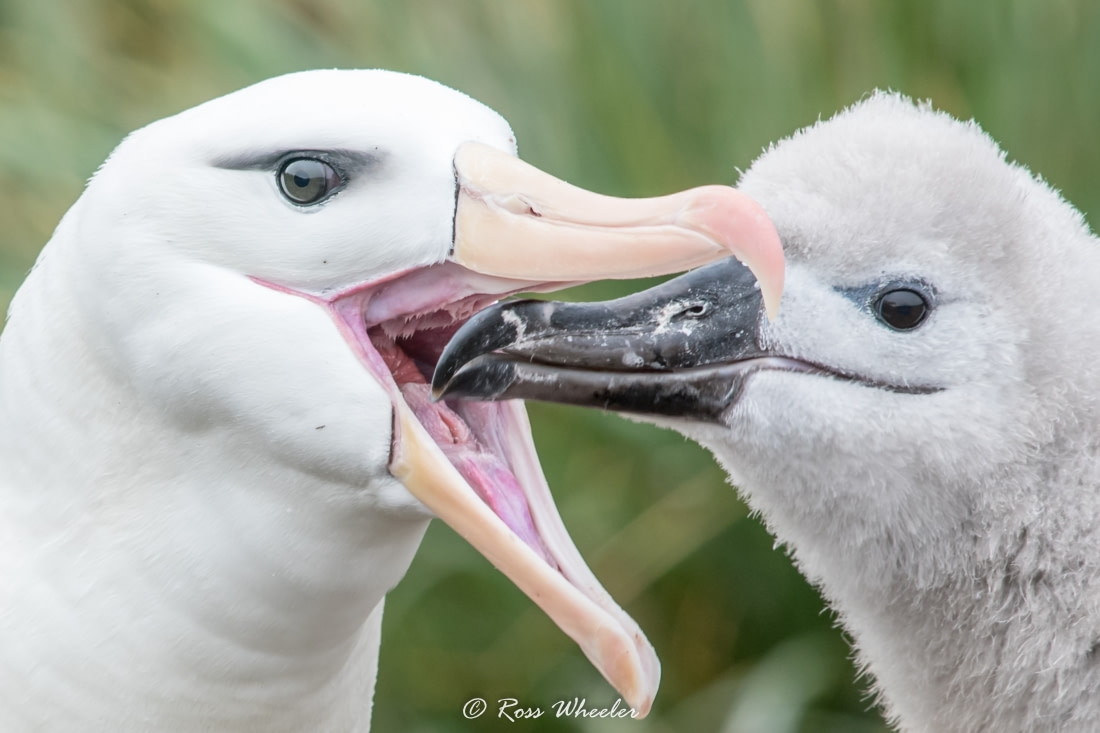
7. During migration to the Arctic, Antarctic birds are not just trading one cold location for another
It seems silly to migrate thousands of miles only to exchange one polar region for another, right? We might wonder why Antarctic birds do not choose a warmer area to justify all that traveling. But as it turns out, the polar regions have massive ecosystems that offer a lot of feeding options, especially when compared to more tropical locations. The Wilson’s storm petrel, for example, breeds only in Antarctica but migrates to the Northern Hemisphere in summer, taking advantage of the seasonal food increase there.
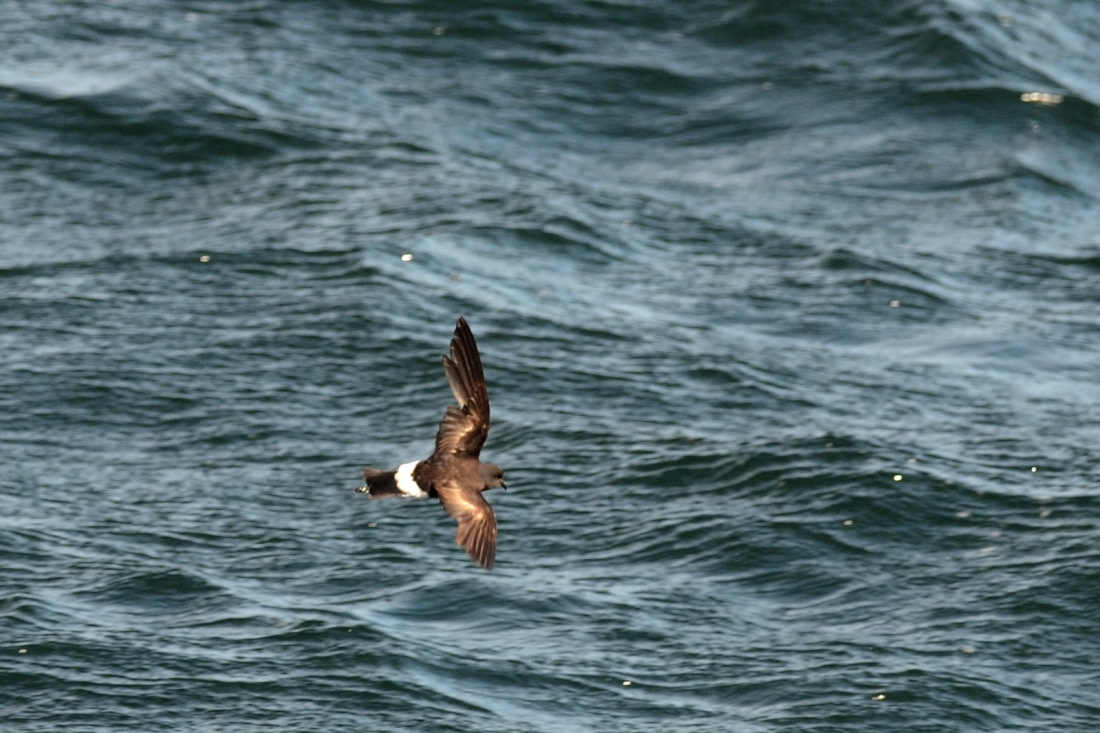
8. The Arctic tern has the longest migration of any bird
Arctic terns make a round trip of up to 35,000 km (22,000 miles) each year, by consequence seeing more sunlight than any animal on Earth. That is a lot of flying over their roughly 29-year lifespan, as they are ready to fly about 21-24 days after birth.
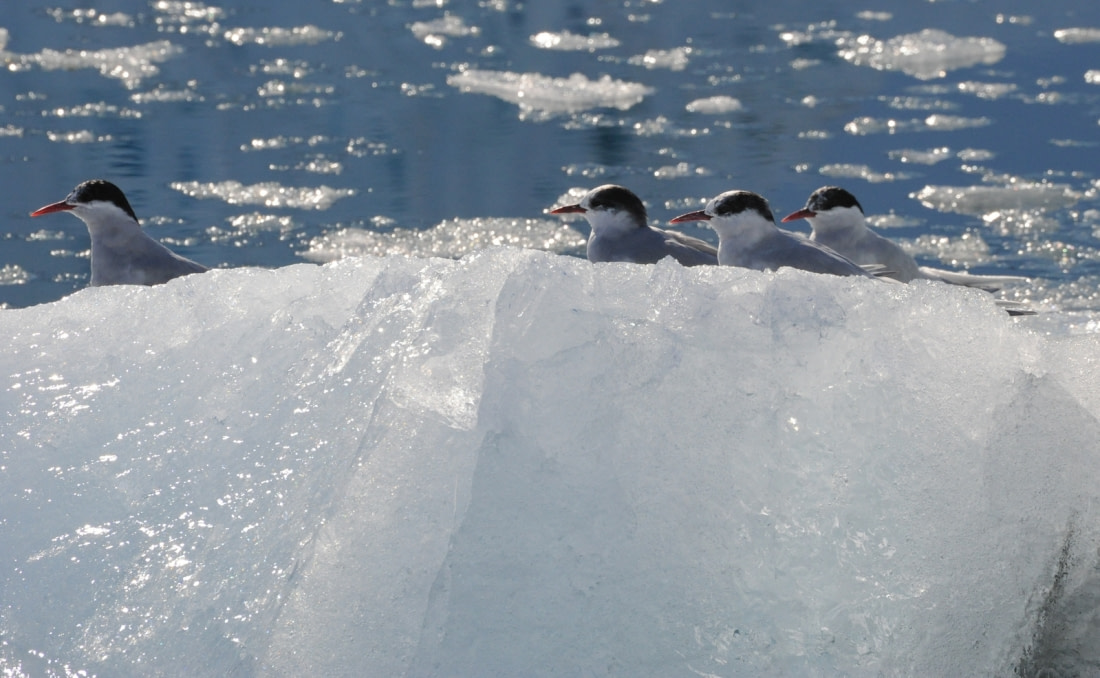
9. Giant petrels and wandering albatrosses circumnavigate the Southern Ocean
The giant petrel in particular soars in the west wind zone. Banding research has shown that the young do not return to their natal breeding places until at least six years old.

10. King penguin chicks were once thought to be a separate species than adults
The early European explorers who first saw king penguins and their chicks assumed they were a different species, and it is not hard to see why. King penguin juveniles have thick brown plumage, a stark contrast to the mostly gray adults. By early late spring or early summer, the king chicks fledge this down and begin to resemble adults.
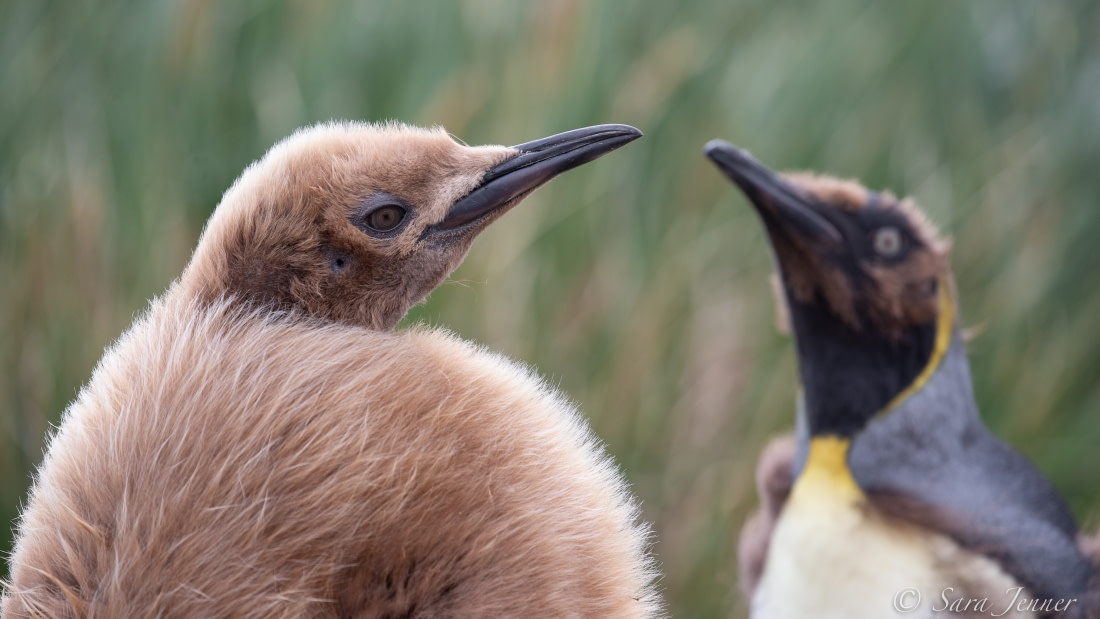
Check out our video on the Antarctic birds we most often see
Watch our expedition leader and resident bird expert, Martin Berg, discuss a few of the more common birds we see in on our trips to Antarctica. And if you are interested in seeing any of these birds for yourself (not to mention some of the most exotic landscapes on the planet), join us soon on one of our many Antarctic cruises!
Blog


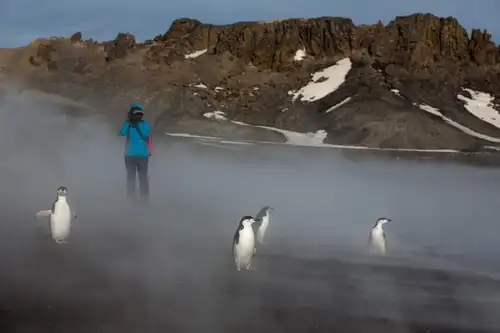
Graham Land: A landscape dominated by volcanoes
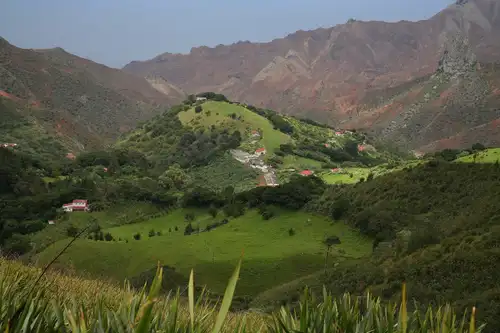
Five Reasons to Love St. Helena
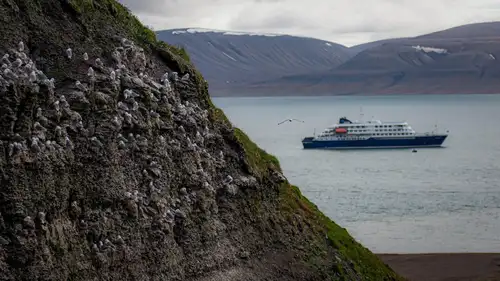
Circumnavigating Spitsbergen
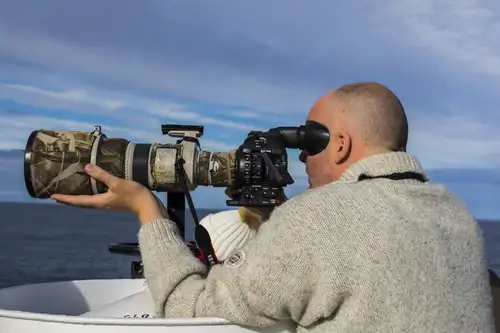
10 Tried-and-True Bird Photography Tips
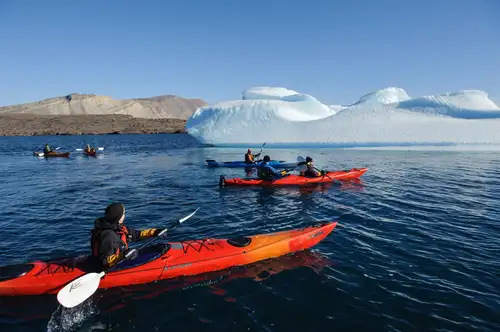
Greenland: Where the Kayak Was Invented
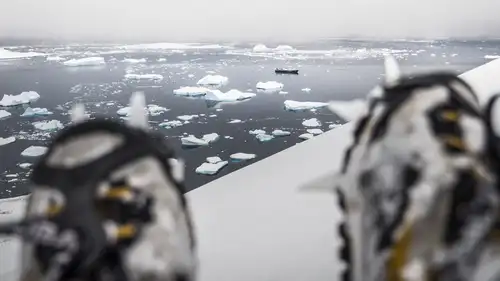
Arctic and Antarctic Basecamp Cruises – Choose Your Own Adventure
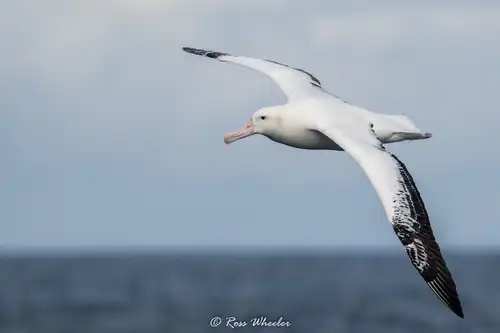
The Eight Albatrosses of Antarctica and the Sub-Antarctic
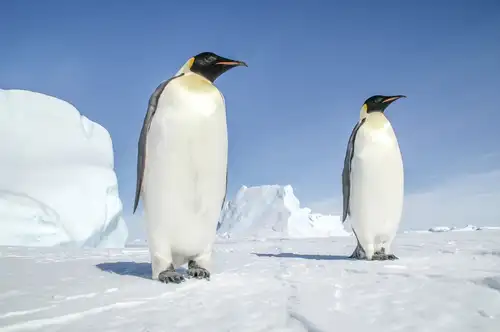
Antarctic Icon: 44 Facts About the Emperor Penguin
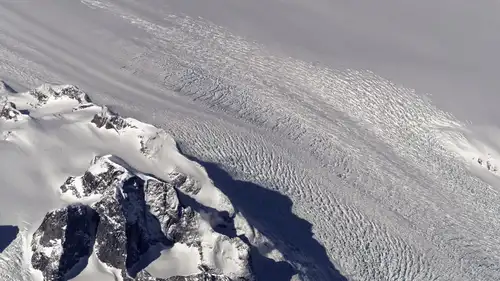
Ice streams and lakes under the Greenland Ice Sheet
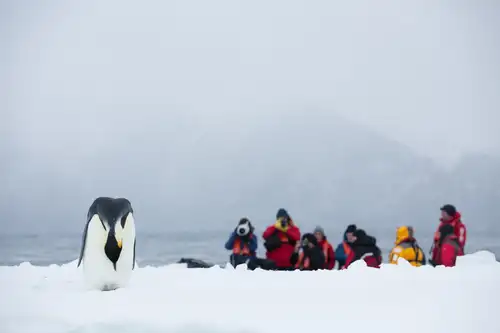
Five Reasons You Should Cruise the Ross Sea Immediately
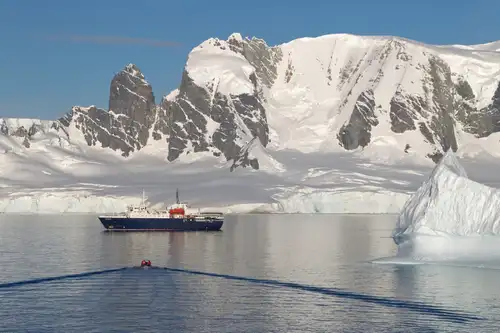
The Best Arctic and Antarctic Trips for Families
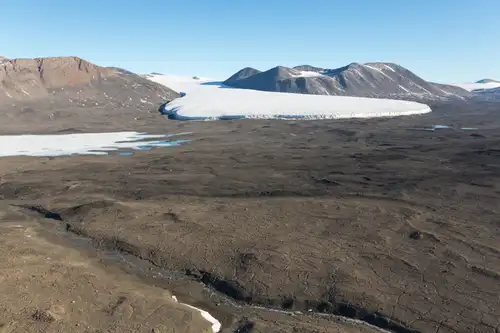
The Dirty Details of Antarctica's Dry Valleys

Imperial Antarctica: the Snow Hill Emperor Penguins
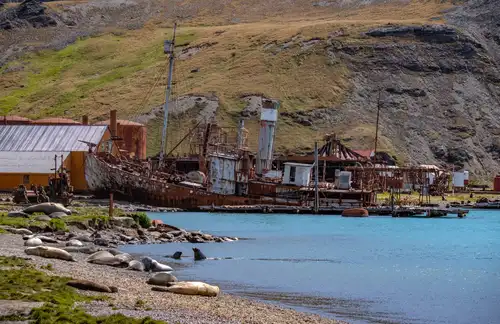
South Georgia Whaling Stations
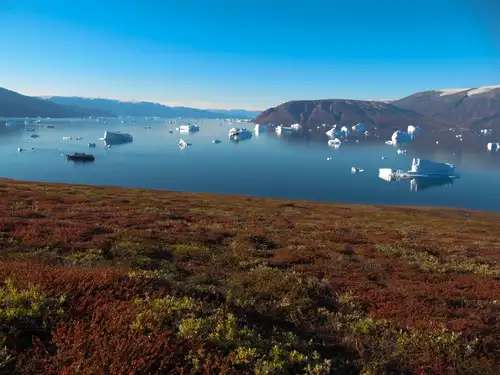
Northeast Greenland National Park
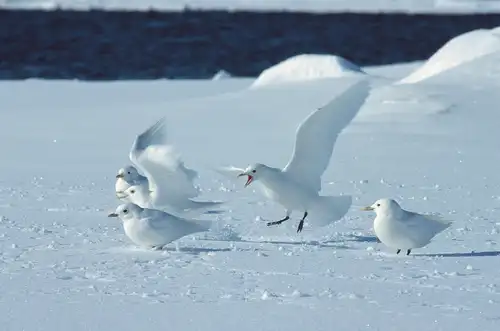
Birds of the North: 29 Arctic Birds and Seabirds
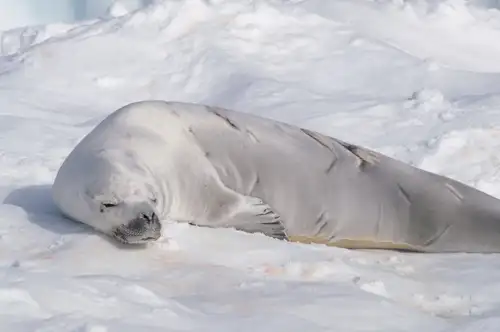
Six Facts About the Crabeater Seals of Antarctica
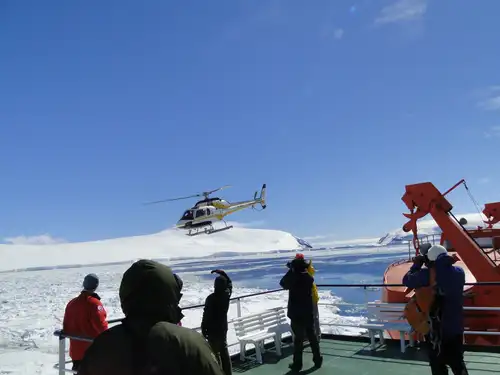
The Wonderful Weddell Sea: Places, Pics, and Impressions
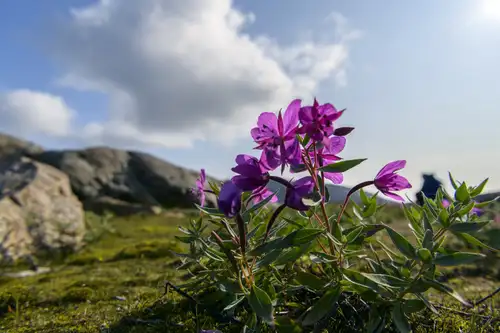
Arctic Flowers, Trees, and Other Plant Life




